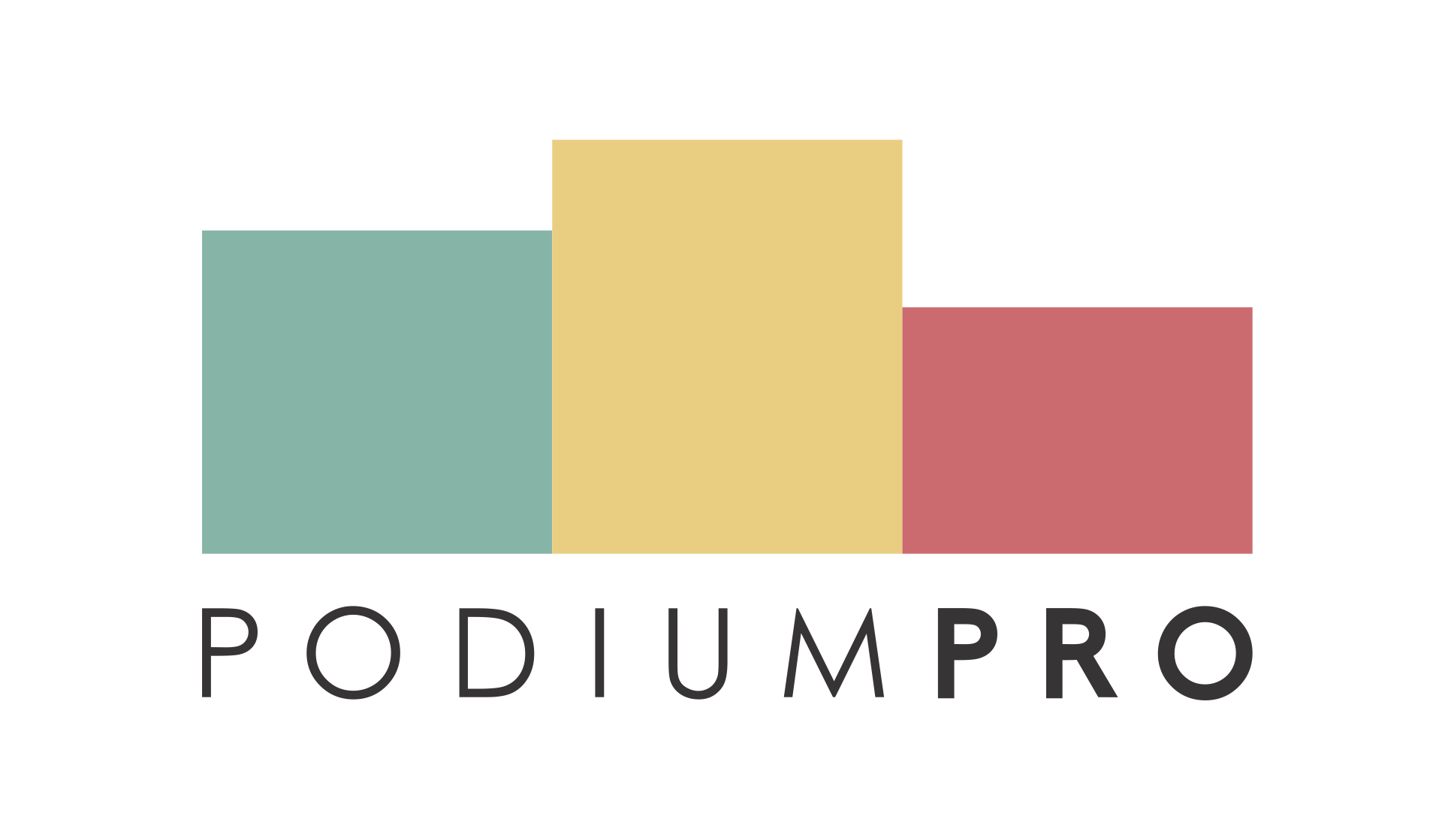“Life is like a harmonium. The white keys show happiness and the black shows sadness, But remember that the black keys also make music” and the combination of black and white reed instrument- It is one of the keyboard instruments, like an organ. It is also known as ‘Melodeon’, ‘Free reed’ etc.
So you will be introduced today, how this classical musical instrument was utilized in the music world and coined the term as Harmonium. Let’s give a peek and get crystal clear information over this article only.
- Origin of Harmonium
- Is this an Indian instrument?
- How much is the harmonium price?
- Which is the best Harmonium in India?
- Who are the famous Harmonium players in India?
- Which is the best Harmonium to buy?
- Which is better – Harmonium or Keyboard?
- How many types of Harmoniums are there?
- Which wood is best for Harmonium?
- How long does it take to learn Harmonium?
- How heavy is this instrument?
- Who brought this instrument to India?
- Summary
Origin of Harmonium
Gabriel Joseph Grenie invented expressive organ as his instrument was capable of greater expression and producing volume as well. Alexandre Debain further advanced the instrument and named it as Harmonium in 1840. Europeans introduced this instrument to the United States and then Americans also started manufacturing it. It got popularity during the 20th century.
However, it is used in India subcontinent mostly; Bangladesh, Pakistan Nepal, Afghanistan and in other South Asian countries also it is quite popular.

Is this an Indian instrument?
Harmonium is one of the most used instruments in India and is among the chief Indian percussion instruments. Though it was invented in Europe it soon became popular in India and was used by many famous musicians like Rabindranath Tagore. It first arrived in Calcutta and is most visible in the northern part of India to date.
How much is the harmonium price?
Its price varies from $1200 to $4000. Kolkata Harmoniums are expensive than Delhi Harmoniums. Kolkata Harmoniums’ budget is around $1200-1800. Although, the expensive ones start at $4000. However, you can buy a harmonium at a decent price during an event of harmonium for sale.
Which is the best Harmonium in India?
Best Harmonium brands in India are-
Kepler Harmonium is one of the top-selling Harmoniums on Indian websites.
Khushi Musical is a top-selling, portable harmonium.
Pal Music House is in the top 3 selling brand list.
Bina is famous for its highest quality wood with the guarantee of good sound quality as well.
Bajaj collection, Harmoniumwala Harmoniums, Paul & Co. Harmoniums, Sharma Musical Store Harmonium, Sur O Bani, Singh & Sons all brands are also famous in the Indian market today.
Who are the famous Harmonium players in India?
R. K. Bijapure is called the father of Harmonium in India. He was famous for his harmonium playing in the Hindustani classical music tradition. He has achieved so many awards across the country, such as ‘Karnataka Kala Tilak’ by Sangeet Nritya Academy, ‘Rajya Sangeet Vidvan’ in Mysore, ‘Mahamahopadhyay’ by Akhil Bharatiya Gandharva Mahavidyalaya Mandal so on.
Krishna Das is another famous Harmonium player of India. He has 14 albums to his name. Krishna Das originally visited India in 1970, where he trained under Guru Nee Karoli Baba and later Bhakti Yoga. Das has recorded several renditions of the religious hymn Hanuman Chalisa.
Tulsidas Borkar is an Indian musician most recognised for his use of the harmonium solo in conjunction with Hindustani raga sangeet. The Government of India bestowed the Padma Shri on him in 2016.
Which is the best Harmonium to buy?
Basically, there are two types of Harmonium- Portable and Non-portable. The portable one is easy to carry; just like a suitcase. It can be unfolded and transported here and there easily. Where non-portable one stands vertical and keep their shape the same. However, non-portable harmoniums work more favourably and portable harmoniums are mainly comfortable to move anywhere for travelling purposes.
Which is better – Harmonium or Keyboard?
The keyboard is easy to play as compared to Harmonium. For practice, there is an option of beats on the Keyboard, but in Harmonium you have to download the metronome beats application for accompanying with it.
On the other hand, Keyboard can be used as a piano as well. But for the voice modulation purpose Harmonium is more preferable. Another side, the harmonium does not need the help of electricity, therefore it can be played anytime comfortably.
How many types of Harmoniums are there?
As mentioned above, there are two types of Harmonium available- Portable and Non-Portable. The portable one is easy to carry; it is a folding system box, it can be transported easily all around the world.
Another side, the Non-portable one is heavily weighted, mainly focus on the quality rather than its weight.
Which wood is best for Harmonium?
It depends on the weight as well. If someone wants to travel with the Harmonium then pine or fir wood gives a lightweight result. For the resonant quality sound, mahogany or teak wood is fine to use.
How long does it take to learn Harmonium?
It is tough to answer how much time it will take as ‘Learning is a Never-Ending process’. Nobody can grab any skills within a certain period. It depends on how much time you are spending there with proper concentration. You can learn the basics in 3 months though it may take 3-4 years to completely learn the instrument.
How heavy is this instrument?
It depends on the weight mainly. A teak wood Harmonium’s weight is around 12-13 kg. Sagwan wood Harmonium’s weight is around 8 kg. Light-weighted Harmoniums are easy to carry and the heavy weighted provide better sound quality. It is not possible to carry heavy-weighted ones with you for travel.
Who brought this instrument to India?
Alexandre Debain, who was a French inventor, designed the Harmonium for the first time in 1842. It is also famous as the pump organ, brought to India during the late 19th century.
Tatu Mistri from India said that “I will make harmoniums until my body supports me.” He has been serving the whole world with the greatest versions for 50 years.
Summary
Harmonium is one of the major instruments in today’s music industry. Such an enlightenment atmosphere produces by its existence. “It’s easy to play any musical instrument: all you have to do is touch the right key at the right time and the instrument will play itself”.

